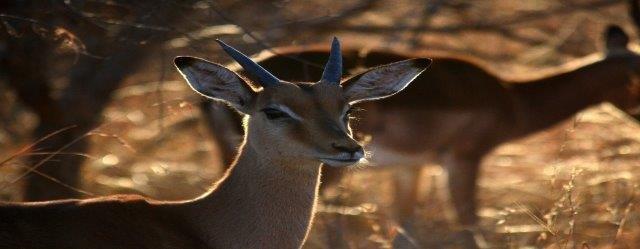Northern serengeti migration safari -Mara river crossing
The Northern serengeti migration safari crossing the mara river in northern safari is the largest herd movement of animals on the planet. In fact, with up to 1,000 animals per km², the great columns of wildebeest can be seen from space. The numbers are astonishing: over 1.2 million wildebeest and 300,000 zebras along with Topi and other gazelle move in a constant cycle through the Serengeti-Mara ecosystem in search of nutritious grass and water. We have designed the itinerary which includes both the Lobo area (in the north of the central Serengeti national park) and the wagakuria area (which is located in northern Serengeti national park) it has been found that a majority of the wildebeest migration is normally found from mid -July to October.
The migration heading north out of the central Serengeti is splitting into two routes. The main route heading into the western corridor crosses the Grumeti river in spectacular stampedes. Enormous crocodiles wait patiently to snatch wildebeests as they surge across the river. The wildebeest continue to move steadily across the Grumeti region, making another perilous river crossing to cross the Mara River and reach the lush grazing in Kenya's Masai Mara. This park is normally the scene of the annual wildebeest and zebra migration between the Kenya mara and Serengeti it includes a variety of bird species like eagles, ducks, geese, egrets, vultures, secretary birds, ibis, stork, herons, pelicans, cranes, and guinea fowl. The Serengeti National Park is arguably the best-known wildlife sanctuary in the world with over 3 million large mammals. About 35 species of plains animals can be seen there including the “big 5” - Elephant, Rhino, Lion, Leopard, and Buffalo. Other common species found here include hippo, giraffe, eland, impala and other antelope types, baboons, monkeys, and a profusion of over 500 species of birds.
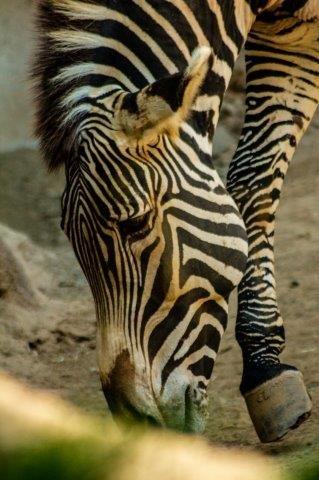
DRIVE IN - DRIVE OUT Safari package has been designed specifically to focus on and to increase your chance to see the great Serengeti Wildebeest Migration.
northern Serengeti wildebeest Migration Mid July Mara river crossing safari 4 days, , serengeti Migration safari, Wildebeest Migration safaris
with best safari jeep open roof. Best safari guides with high experiance in tourism especially Tanzania safari Tanzania Safari Packages serengeti Migration safari, Wildebeest Migration safaris
Tanzania Safari tour operator Tanzania Safari Popular package serengeti Migration safari, Wildebeest Migration safaris
1st Day Tanzania Saarirs, , Serengeti wildebeest Migration Mid July Mara river crossing safari
Serengeti wildebeest Migration Mid July Mara river crossing safari | Tarangire National Park you wil marvel at the colossal termite mounds and the ancient baobab trees. Tanzania Safari Packages The great elephant population is an extremely remarkable tonne. Serengeti wildebeest Migration Mid July Mara river crossing safaris Tarangire’s varied wildlife includes lions, giraffes, warthogs, ostriches, impalas, cheetah, mongoose, buffaloes, and baboons. When your game drive comes Serengeti Migration & group joining budget safari to an end, Serengeti wildebeest Migration Mid July Mara river crossing budget and joining safari, we will take you to the Lake Manyara where you will get dinner Serengeti wildebeest Migration Mid July Mara river crossing safari and overnight. Tanzania Safari Packages, kitano Tours and safaris, Tanzania joining safaris, serengeti Migration safari, Wildebeest Migration safaris
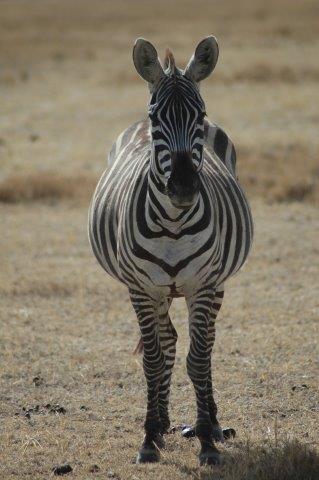
DRIVE IN - FLY OUT Safari package has been designed specifically to focus on and to increase your chance to see the great Serengeti Wildebeest Migration.
View DetailSerengeti wildebeest Migration Northern Mara river crossing safari 4 days, , serengeti Migration safari, Wildebeest Migration safaris
with best safari jeep open roof. Best safari guides with high experiance in tourism especially Tanzania safari Tanzania Safari Packages serengeti Migration safari, Wildebeest Migration safaris
Tanzania Safari tour operator Tanzania Safari Popular package serengeti Migration safari, Wildebeest Migration safaris
1st Day Tanzania Saarirs, , Serengeti wildebeest Migration Mid July Mara river crossing safari
Serengeti wildebeest Migration Mid July Mara river crossing safari | Tarangire National Park you wil marvel at the colossal termite mounds and the ancient baobab trees. Tanzania Safari Packages The great elephant population is an extremely remarkable tonne. Serengeti wildebeest Migration Mid July Mara river crossing safaris Tarangire’s varied wildlife includes lions, giraffes, warthogs, ostriches, impalas, cheetah, mongoose, buffaloes, and baboons. When your game drive comes Serengeti Migration & group joining budget safari to an end, Serengeti wildebeest Migration Mid July Mara river crossing budget and joining safari, we will take you to the Lake Manyara where you will get dinner Serengeti wildebeest Migration Mid July Mara river crossing safari and overnight. Tanzania Safari Packages, kitano Tours and safaris, Tanzania joining safaris, serengeti Migration safari, Wildebeest Migration safaris
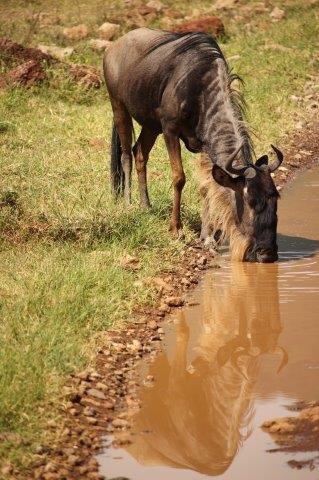
FLY IN - DRIVE OUT Safari package has been designed specifically to focus on and to increase your chance to see the great Serengeti Wildebeest Migration.
View DetailSerengeti wildebeest Migration Mid July Mara river crossing safari 4 days, , serengeti Migration safari, Wildebeest Migration safaris
with best safari jeep open roof. Best safari guides with high experiance in tourism especially Tanzania safari Tanzania Safari Packages serengeti Migration safari, Wildebeest Migration safaris
Tanzania Safari tour operator Tanzania Safari Popular package serengeti Migration safari, Wildebeest Migration safaris
1st Day Tanzania Saarirs, , Serengeti wildebeest Migration Mid July Mara river crossing safari
Serengeti wildebeest Migration Mid July Mara river crossing safari | Tarangire National Park you wil marvel at the colossal termite mounds and the ancient baobab trees. Tanzania Safari Packages The great elephant population is an extremely remarkable tonne. Serengeti wildebeest Migration Mid July Mara river crossing safaris Tarangire’s varied wildlife includes lions, giraffes, warthogs, ostriches, impalas, cheetah, mongoose, buffaloes, and baboons. When your game drive comes Serengeti Migration & group joining budget safari to an end, Serengeti wildebeest Migration Mid July Mara river crossing budget and joining safari, we will take you to the Lake Manyara where you will get dinner Serengeti wildebeest Migration Mid July Mara river crossing safari and overnight. Tanzania Safari Packages, kitano Tours and safaris, Tanzania joining safaris, serengeti Migration safari, Wildebeest Migration safaris
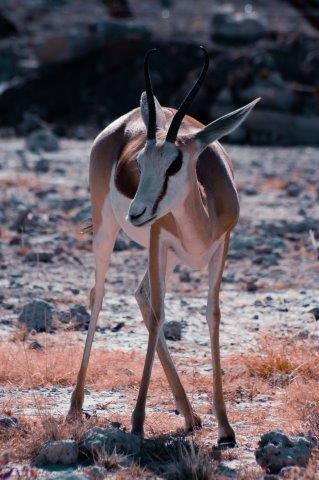
FLY IN - FLY OUT Safari package has been designed specifically to focus on and to increase your chance to see the great Serengeti Wildebeest Migration.
View DetailSerengeti wildebeest Migration Mid July Mara river crossing safari 4 days, , serengeti Migration safari, Wildebeest Migration safaris
with best safari jeep open roof. Best safari guides with high experiance in tourism especially Tanzania safari Tanzania Safari Packages serengeti Migration safari, Wildebeest Migration safaris
Tanzania Safari tour operator Tanzania Safari Popular package serengeti Migration safari, Wildebeest Migration safaris
1st Day Tanzania Saarirs, , Serengeti wildebeest Migration Mid July Mara river crossing safari
Serengeti wildebeest Migration Mid July Mara river crossing safari | Tarangire National Park you wil marvel at the colossal termite mounds and the ancient baobab trees. Tanzania Safari Packages The great elephant population is an extremely remarkable tonne. Serengeti wildebeest Migration Mid July Mara river crossing safaris Tarangire’s varied wildlife includes lions, giraffes, warthogs, ostriches, impalas, cheetah, mongoose, buffaloes, and baboons. When your game drive comes Serengeti Migration & group joining budget safari to an end, Serengeti wildebeest Migration Mid July Mara river crossing budget and joining safari, we will take you to the Lake Manyara where you will get dinner Serengeti wildebeest Migration Mid July Mara river crossing safari and overnight. Tanzania Safari Packages, kitano Tours and safaris, Tanzania joining safaris, serengeti Migration safari, Wildebeest Migration safaris
